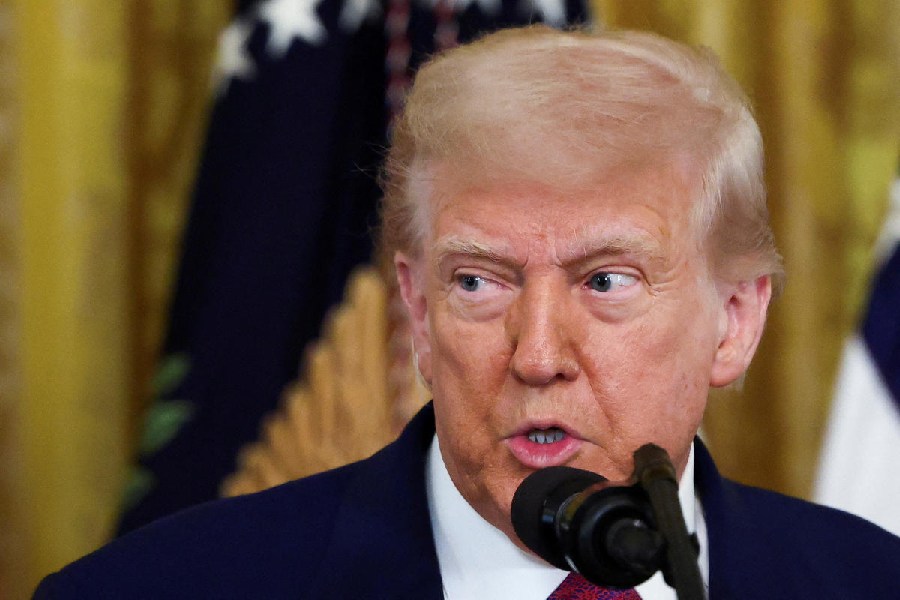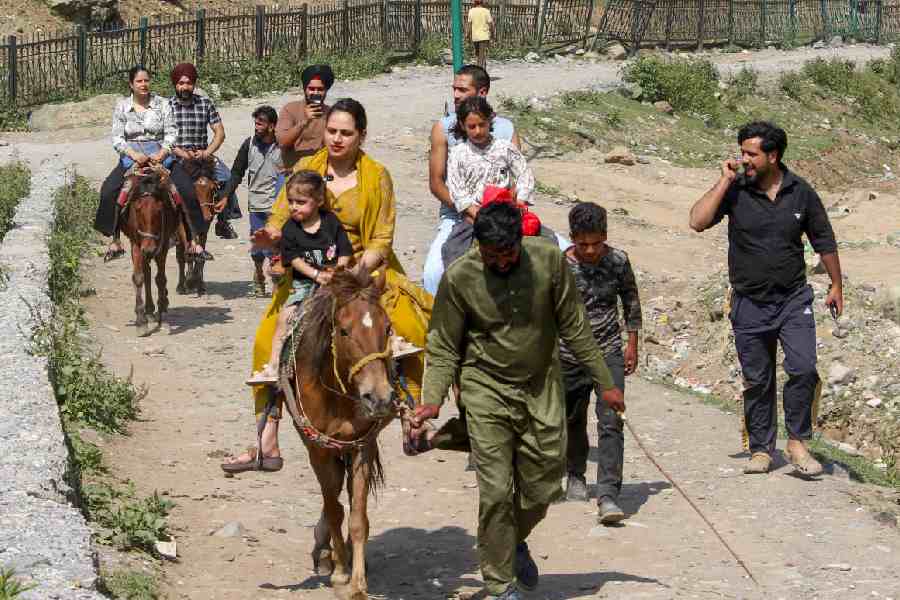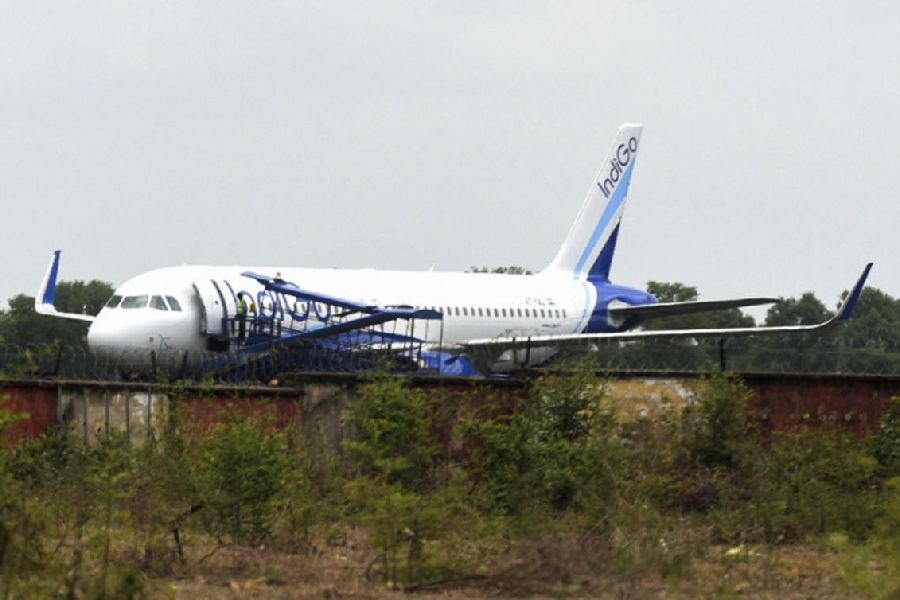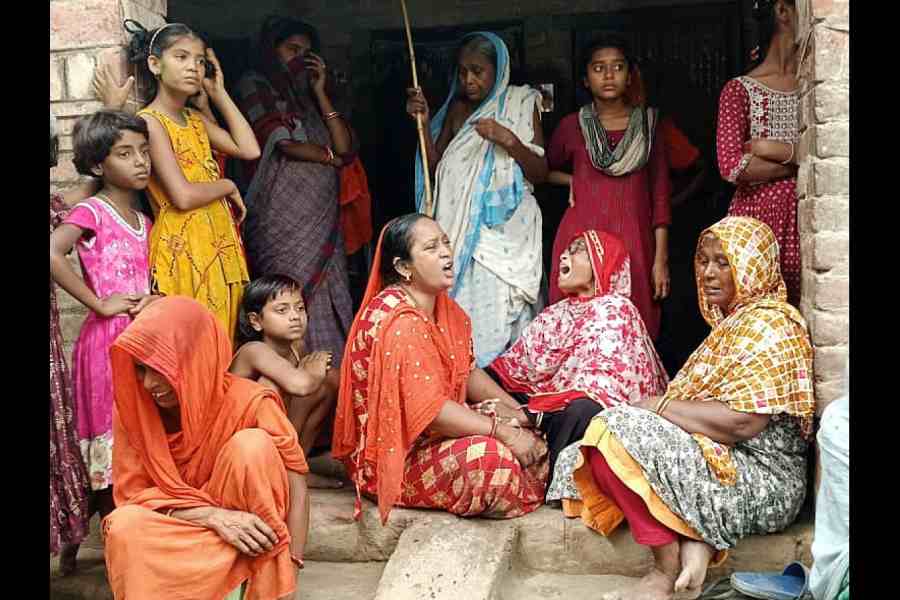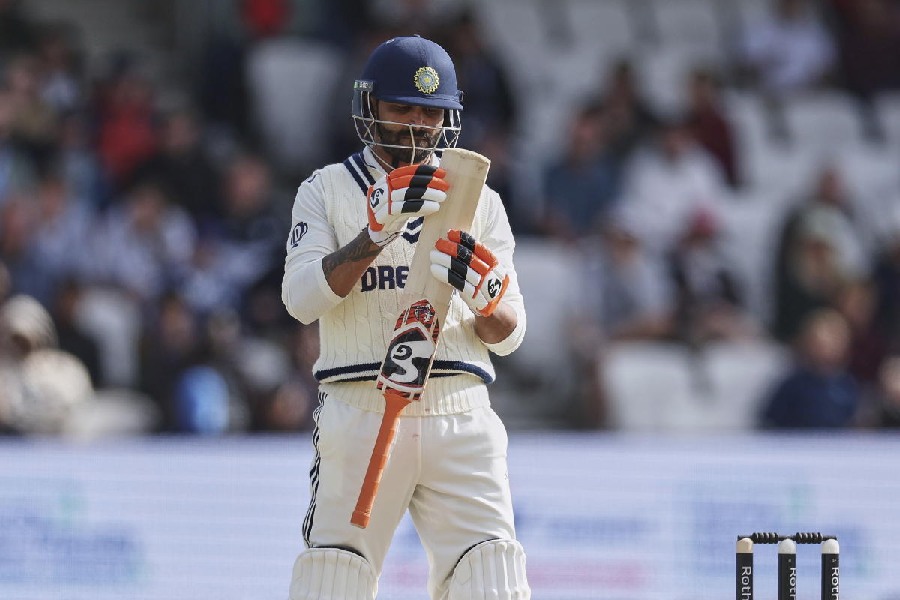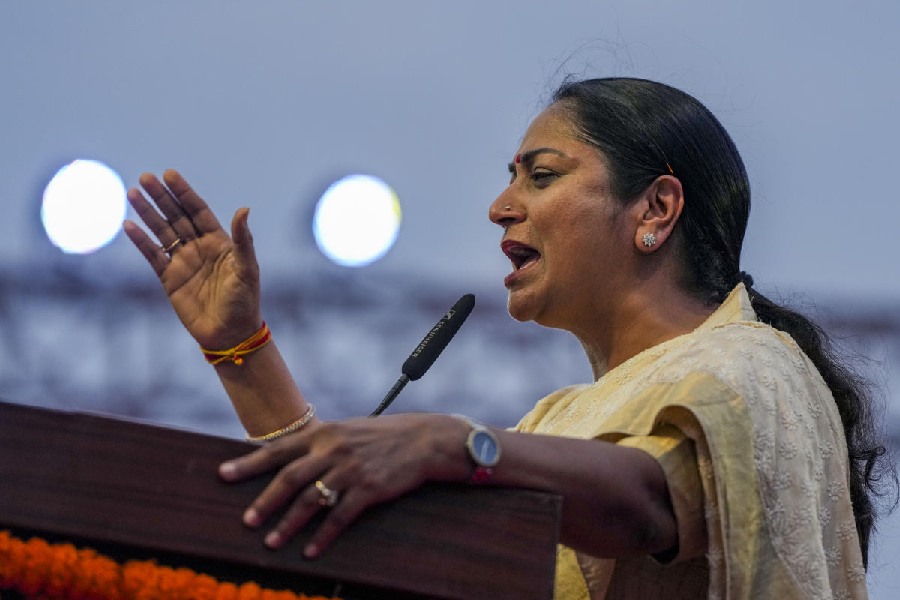
LN Mishra
Patna, Dec. 8: The verdict pronounced in the case pertaining to the murder of Lalit Narayan Mishra almost 40 years after his assassination has come as a disappointment to the slain leader's family members and associates, who say the judgment doesn't answer several questions that point to a larger conspiracy.
'The verdict after 40 years is short of a farce. Innocent people have been framed whereas the real culprits have been allowed to go scot-free. The verdict, in fact, has hurt the family apart from the whole society, rather than bringing a sense of solace,' said Vijay Kumar Mishra, the son of the assassinated railway minister and himself a JDU member of the Legislative Council.
Jagannath Mishra, three-time Bihar chief minister and younger brother of Lalit Narayan, said the verdict has raised more questions than answered them. Jagannath, who too had been severely injured in the incident with multiple splinters piercing his legs and thighs, said: 'It is still a big question why Lalit babu was taken to Danapur, south of the Ganga, when the Mahatma Gandhi Setu (the bridge connecting north and south Bihar over the river was built in the early eighties) did not exist. It took more than eight hours for the injured leader to reach Danapur.'
Jagannath rued that the injured, including then Darbhanga deputy inspector-general of police B.N. Mishra, who were admitted to the Darbhanga Medical College Hospital - barely 30km from the explosion site - survived.
'What was the bigger conspiracy? What were the investigating agencies and court doing in such a sensational case for 40 long years? It should have been a verdict in totality, answering all these questions,' he said.
LN Mishra was attacked with a bomb while inaugurating a broad gauge railway track between Samastipur and Muzaffarpur in north Bihar's Samastipur railway station on January 2, 1975. He was declared dead in Danapur railway hospital the next day.
Old timers in the police department recalled how the case was given a 'totally different turn'. The Samastipur district police headed by then SP D.P. Ojha caught hold of an alleged assailant, Arun Mishra, who, in his confessional statement under section 164 of the CrPC in the court, had said he was a 'party' to hurling the bomb on the cabinet minister. 'The trail of investigation was inching towards an official in the PMO headed by Indira Gandhi and a Congress member of the Legislative Council,' said a now retired senior police officer associated with the case. 'The murder was part of a high-level conspiracy which the police were about to crack,' he added.
The case was suddenly handed over to the CBI. 'The case was later transferred to Delhi for no obvious reasons,' said Surendra Kishore, a socialist activist and senior vernacular journalist who had covered the case for Pratipaksh, a Hindi journal edited by socialist icon George Fernandes.
Many of the slain leader's family members said they would morally back the four persons convicted in the case today in the higher court as they were 'innocent'. In fact, both Jagannath and Vijay Mishra had deposed before the court, saying L.N. Mishra and his family had no animosity towards the Anand Margis who were found to be culprits in the CBI investigation.
The Congress high command replaced then Bihar chief minister Abdul Ghafoor with Jagannath Mishra, a move seen as 'appeasing' the powerful slain minister's family in particular and Mithila region in general as 'compensation' for the death of a towering leader. Sources said Mishra's family members - particularly his widow Kameshwari Devi - stopped talking to Jagannath for accepting the CM's chair on the 'dead body' of his brother and also broke her links with Indira Gandhi.
The slain leader was believed to have had enjoyed influence with the Soviet lobby and was known for his proximity to Sanjay Gandhi, Indira's younger son who had emerged as a 'power centre' in the Congress and was calling the shots at the time.
The assassination of Mishra did not augur well for the Congress.
The state, swayed by the 'Total Revolution' launched by Jayaprakash Narayan, played a key role in ending the Congress's rule at the Centre for the first time in 1977. The Janata Party dethroned the Congress with Karpoori Thakur replacing Jagannath as the chief minister after the 1977 Assembly elections.
Mishra's death also coincided with the decline in the status and stature of the powerful regional leaders in the grand old party and emergence of the backward class forces under Karpoori Thakur.
These forces gradually but steadily gained ground, replacing the Congress in 1990 with Lalu Prasad as the chief minister.
The Congress has been a saga of fall and fall in the last 24 years with the party becoming virtually non-existent at the grassroots in Bihar.


